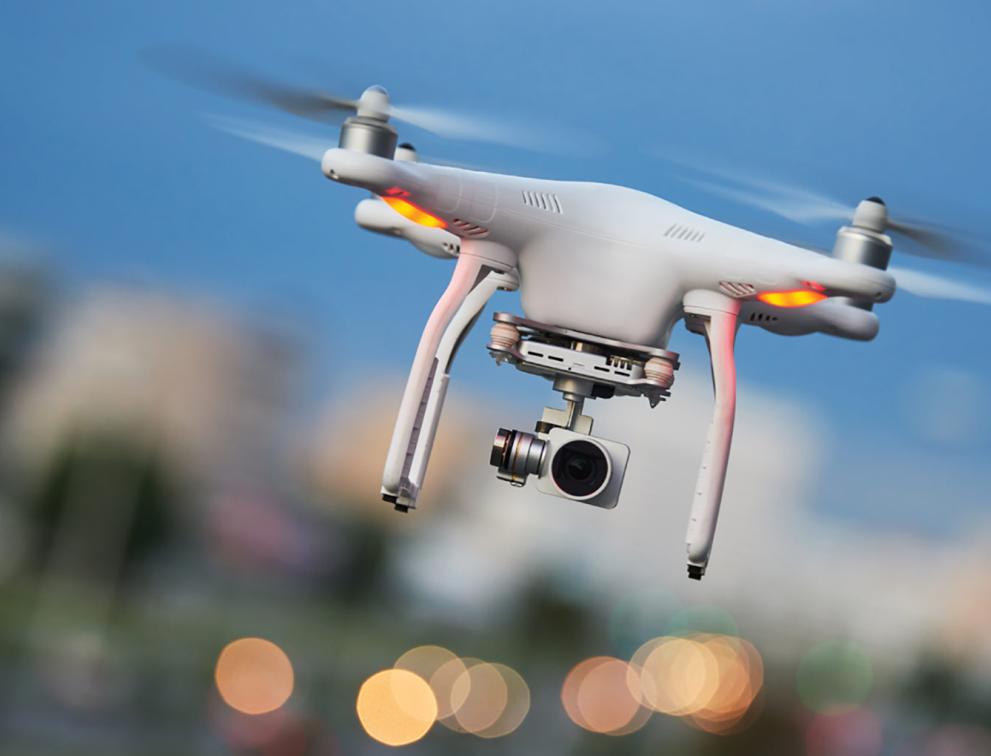
1. REAL-TIME TRACKING OF RESPONDERS
The ability to know the location of responders and their proximity to threats and hazards in real time

IFAFRI has identified 10 first responder common global capability gaps. The capability gaps were identified and technical described by first responders around the world. They provide a repository for academia and industry in regard what are real first responder needs. Innovative technologies are needed to close the gaps and to enhance first responder safety, efficiency and effectiveness.

The ability to know the location of responders and their proximity to threats and hazards in real time

The ability to detect, monitor and analyze passive and active threats and hazards at scenes in real time

The ability to rapidly identify hazardous agents and contaminants

The ability to incorporate information from multiple and nontraditional sources into incident command operations

The ability to maintain interoperable communications with responders in any environmental conditions

The ability to obtain critical information remotely about the extent, perimeter, or interior of the incident

The ability to conduct on-scene operations remotely without endangering responders

The ability to monitor the physiological signs of emergency responders

The ability to create actionable intelligence based on data and information from multiple sources

The ability to provide appropriate and advanced personal protective equipment